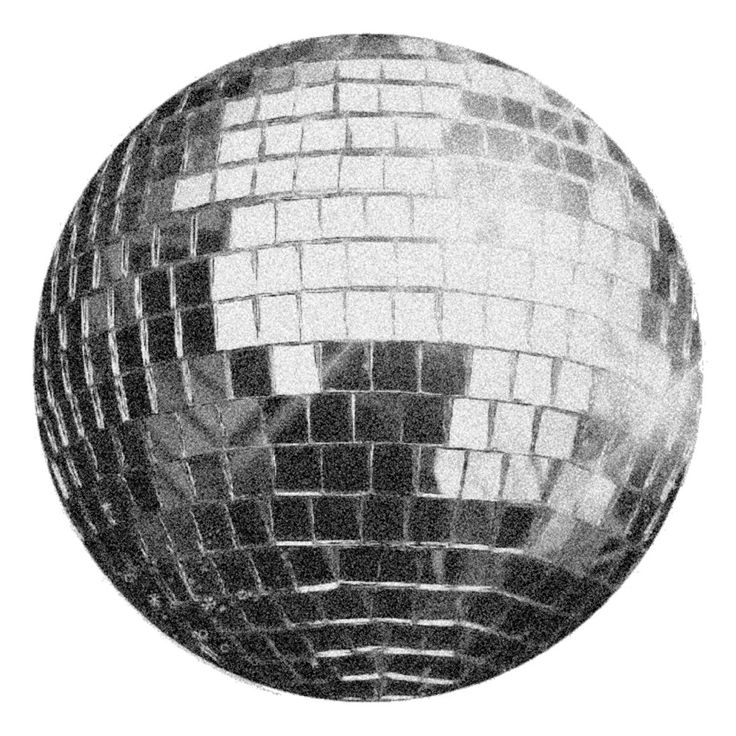The Origins of the Disco Ball
The first recorded use of a mirrored ball dates back to the early 20th century. In 1917, an issue of Electrical Experimenter Magazine featured a mirrored sphere used in dance halls to reflect light across the room. However, the concept likely existed even earlier in the 1800s, with similar reflective decorations appearing in ballrooms.
The Rise of the Disco Ball in Nightclubs
During the 1920s and 1930s, dance clubs and jazz venues used mirrored balls to create a dazzling effect on the dance floor. The invention became more mainstream as technology improved, making them more accessible. By the 1950s, they were a common feature in dance halls, but their popularity exploded in the 1970s disco era.
The Disco Ball Boom in the 1970s
The disco movement in the 1970s cemented the mirrored ball as an essential nightclub accessory. Clubs like Studio 54 in New York City used massive disco balls to enhance the party atmosphere. The reflected lights created an immersive experience, making it a symbol of the era.

Evolution of the Disco Ball in Modern Times
Even after the disco era faded, mirrored balls remained a staple in entertainment. Today, they are used in concerts, music videos, weddings, and even home decor. Some modern versions incorporate LED lights, motorized rotation, and smart technology for more dynamic lighting effects.
Conclusion
The disco ball has evolved from a simple mirrored sphere to a global icon of dance and entertainment. While its roots trace back over a century, it continues to captivate audiences today. Whether in clubs, events, or home decor, the disco ball remains a timeless piece of lighting history.
Would you like to know how to install a disco ball for maximum effect? Check out our guide on How to Set Up Disco Ball Lighting for Maximum Reflection! 🚀
